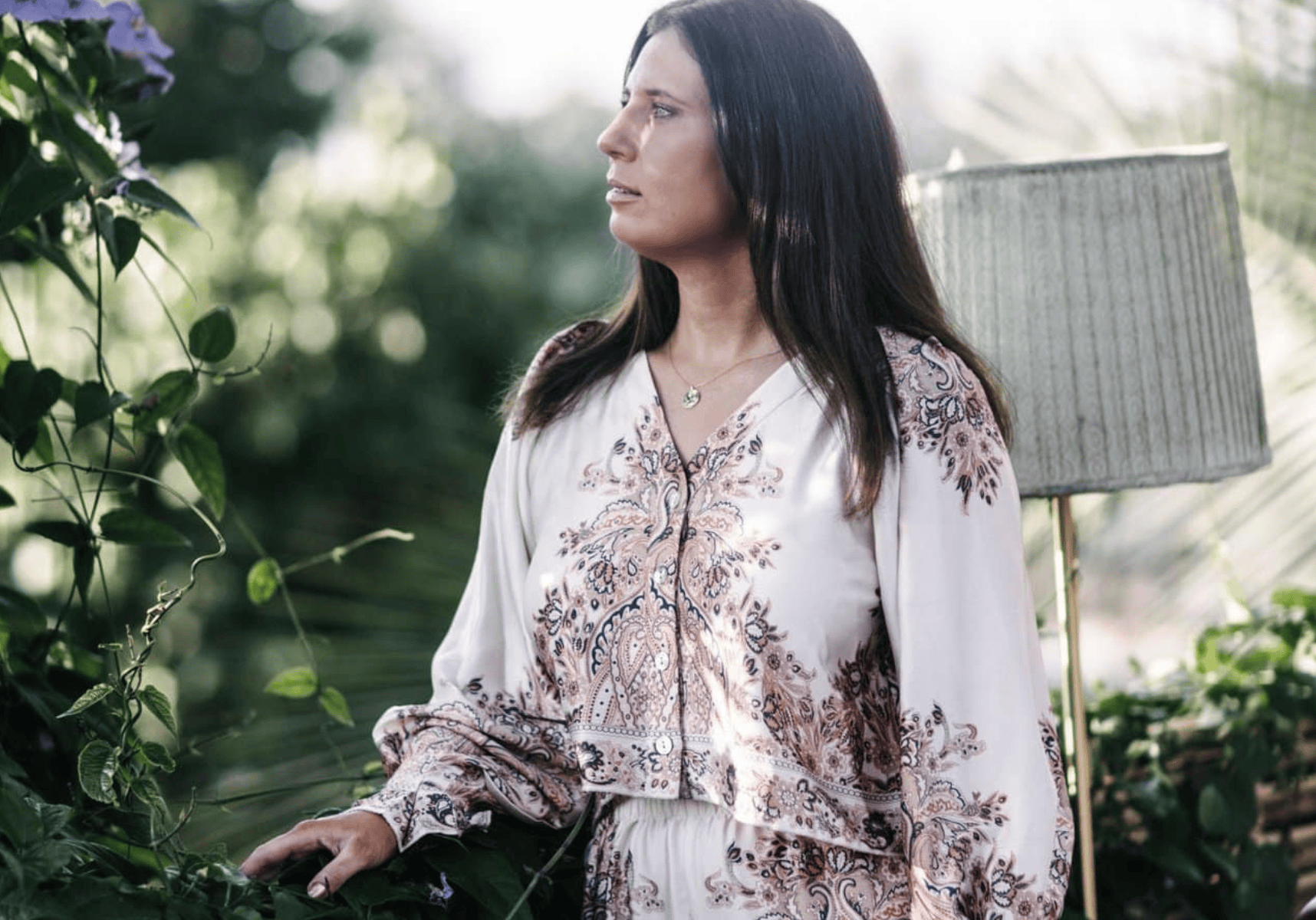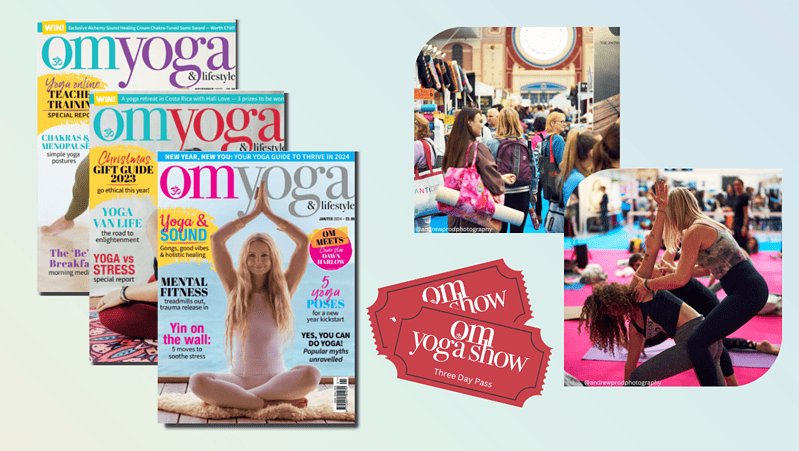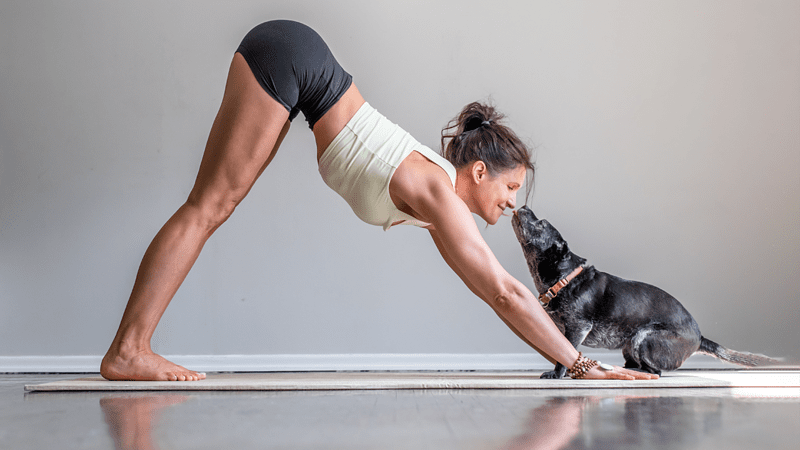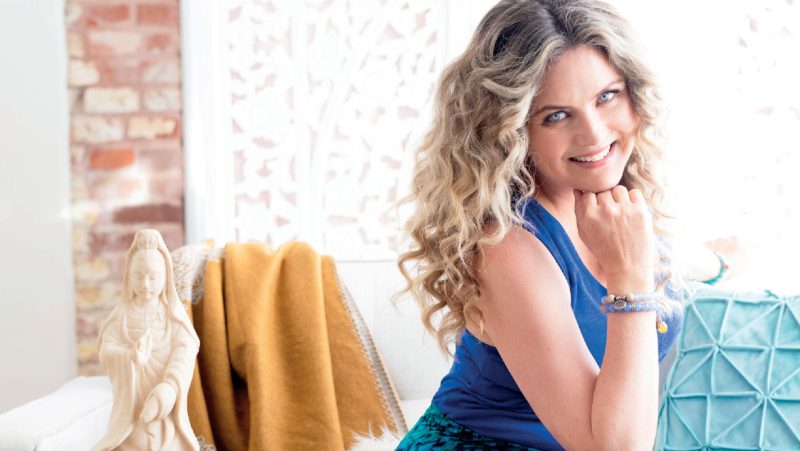
Navigating Your First Yoga Class
From Studio Etiquette to Savasana, What Every New Yogi Needs to Know - By Margaret Young
Reading time: 4 minutes
I have been teaching yoga for under four years, a relatively short time, but in this time, I have taught in studios large and small, in hospitals, in hotels, in gyms, on beaches, in fields, and online. I’ve been peed on by passing dogs, nuzzled by alpacas, heckled by passers-by, and bitten by insects.
I have had students who didn’t tell me they had their hips replaced just weeks before, had recently given birth, or had fractures. I have seen more students fall asleep than I can count, snoring loudly or being so still and silent I worried they were unconscious or in fact, dead.
Before this I was a student of yoga for many years, in fact, I still am. So, if you are contemplating your first class let me give you some words of wisdom! I know it can be intimidating walking into a yoga studio or space for the first time. You don’t know where to go, what to do, or what’s expected. I still experience these nerves; maybe this will help.
No socks please we're yogis
After you have checked in with the teacher or receptionist, look for a shoe rack. There will invariably be a shoe rack or allocated space for shoes as outdoors shoes are not allowed in a yoga studio. This is for hygiene reasons but also symbolic of leaving the world outside. It’s also a nod to and with respect to the lineage of yoga, which was and is practiced barefoot, and in fact, in India today it is commonplace to leave your shoes outside of buildings, shops, etc.
If your class is in a gym, and there is no shoe rack, take off your trainers before coming to your mat. Trainers have no place on a yoga mat*.
Onto the issue of socks. your feet and toes in particular are needed in the practice of yoga asana (movement) to grip and offer stability. Socks can impede this and in some poses, it’s downright dangerous to wear socks. If you’re cold, just wear them for the warm-up and then peel them off when the class gets going. As a teacher, it’s nerve-wracking to see their students slip and slide around their yoga mats in inversions (upside down) poses.
No apologies
Letting your teacher know of any medical issues you have is really important, speak to them in private if it’s confidential, but do let them know before class, and not after. Perceived inflexibility is not a medical issue so please don’t feel like you need to explain or apologise for not already being flexible coming to class.
Being more flexible in your body can be a side effect of regular yoga but is not the 100% aim and focus of the practice. Aside from spiritual enlightenment, I would consider strength and balance as more attainable and useful skills to bring into your daily life!
Etiquette
Your yoga mat is your safe haven, your magic carpet… so don’t step onto or walk on anyone else’s. Respect the other yogis in the class by not being overtly noisy and attention-seeking throughout class, and in particular during savasana.
Under the eye of the clock
Savasana etiquette deserves a point all of its own. It is the short relaxation at the end of class in traditional corpse pose. Your teacher may invite you to cover with a blanket, eye pillow, all the bells and whistles. But taking an absolute age to get ready and making a racket is unsettling for the others in the class. Lying in this pose can be challenging and emotionally uncomfortable so it must be a safe space.
If you can’t or don’t want to stay, ask the teacher before class to give you the nod, and slip out quietly before savasana. It can be triggering to some students to hear yogis leaving their mat to gather their things and walk around the room. Try not to keep checking your watch as the movement creates a distraction, and don’t start getting up and dressed until you are sure the class is over.
If you don’t see the point of the savasana or find it uncomfortable to be still for the few minutes, I have bad news for you; you are the student that needs it the most. I was that soldier, I would leave, or feel upset or wait impatiently for it to be over, it gets easier, trust me on this
Don't leave us hanging
It’s traditional to end a class on Namaste here in the West. The teacher closes the class by saying it and the students generally repeat it back. Don’t be afraid! It’s one of the most commonly known Sanskrit words and relatively easy to pronounce.
The English translation is along the lines of, a greeting, “I bow to the divine in you” or “The Divine in me honors the Divine in you.” You can research the meanings behind it more thoroughly if you want to know more. But as a teacher, I personally will appreciate you replying to their Namaste. So, go on, give it a go.
Namaste.
*commission earned from this link.







